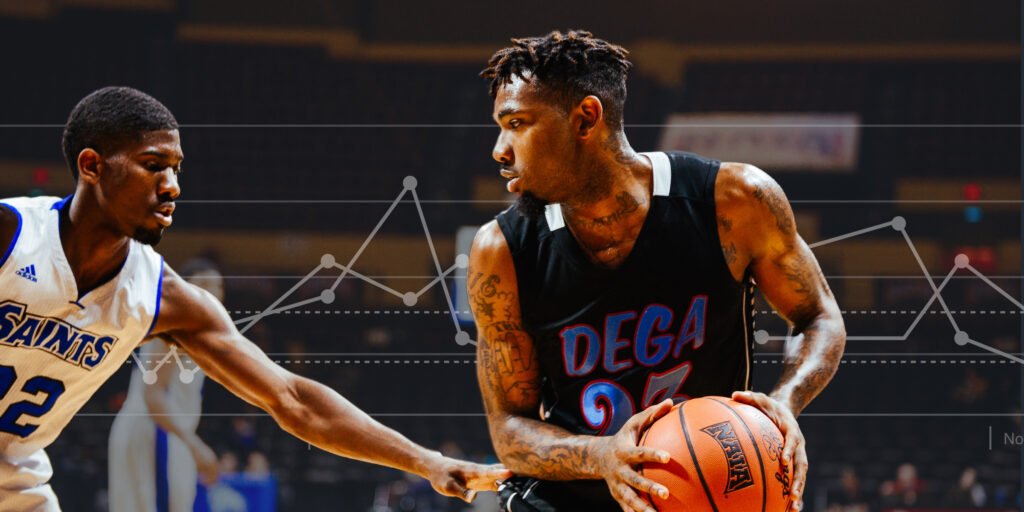Basketball
3 STATS THAT PROVE YOUR TEAM IS IMPROVING
The eye test is always valuable, but data truly shows coaches their team is growing.
One of the main goals every basketball coach has is for his team to grow. Ideally the players will gel and improve as the season goes on. If all goes to plan, this growth impacts the team so heavily, it looks completely different than it did in the beginning.
It’s critical to recognize whether your team is improving — if not, some changes in scheme, lineup or overall approach might be necessary. The eye test will give you an idea on if your team is improving, but important indicators can hide beneath the surface.
Statistics are a big help. They remove any subjectivity and unearth trends that might not be so obvious at first glance.
From conversations with coaches, we picked some numbers that help shed light on how much a team is improving during the season.
Lineup Data
For whatever reason, some groups of players just play better together than others. Certain lineups have a particular chemistry that doesn’t necessarily make sense on paper, but produces poetry on the court.
The lineup data can help you discover killer combinations you haven’t considered.
“The numbers often point out mistakes in my thinking,” Rob Brost, the head coach at Bolingbrook High School (Ind.), said. “What I see in the data sometimes points out errors in the ways that I think. That is my first red flag, like ‘Maybe I’ve got the wrong lineup out here.’ You can look and say, ‘We had lineup A out there in crunch time and it wasn’t very effective. But in the next game, we had a different group out there and that group was much more effective.’”
Not just for judging overall effectiveness, lineup data also helps coaches make better substitutions in specific situations.
“If I need my free-throw shooting team in there at the end of the game, I know who’s going in,” Ryan Fretz, the head coach at Clyde High School (Ohio), said. “If we need a rebound, we know who’s going in. If I need scoring efficiency, I know who’s going in. Numbers don’t lie. Who is my best defensive team?”

Turnover Percentage
It’s tough to have an efficient offense when a team coughs up the ball consistently. These miscues not only bog down the attack, but they can also lead to easing points for the opposition.
You can identify inefficiencies by examining both team and individual turnover rates, then use the information to affect strategy or practice habits.
“If over the last five games those have gotten worse, we’re adding drills in practice to help with that,” Greg Miller, the head coach at Robinsdale-Armstrong High School (Minn.), said. “And it makes kids aware. If they’re aware, they can say, ‘Oh, OK, I see what’s going on,’ and hopefully they’ll take better care of the basketball or box out more just by being aware of it.”
Shot Charts
A few hot shooting games can suggest a player has developed an outside jumper, or that a cold shooter has regressed. These conclusions might be true, but the small sample size could skew early-season assessments.
Allow shot charts to bring objectivity into the equation. They show both strong and weak points for teams and individuals. These numbers help identify where players need to focus during practice. They also help you see where certain athletes excel, then design plays to get them to those spots.
“We have a player who was not shooting well from the 3-point line and that was her favorite shot,” Christian Selich, Millington HS girls coach (Mich.), said. “I looked at her shot chart one day and notice inside the arc she’s shooting about 55 percent and outside it’s about 17 percent. We brought that up and said, ‘You might want to get yourself the ball inside a little more.’”
The eye test will always be a major part of evaluation, but let data help. The numbers can reveal trends that aren’t so obvious on the surface, and help prepare your team for a strong playoff run. Set goals at the start of the season and monitor the stats throughout the year to find where your team thrives and where it needs help.
Source: Hudl

